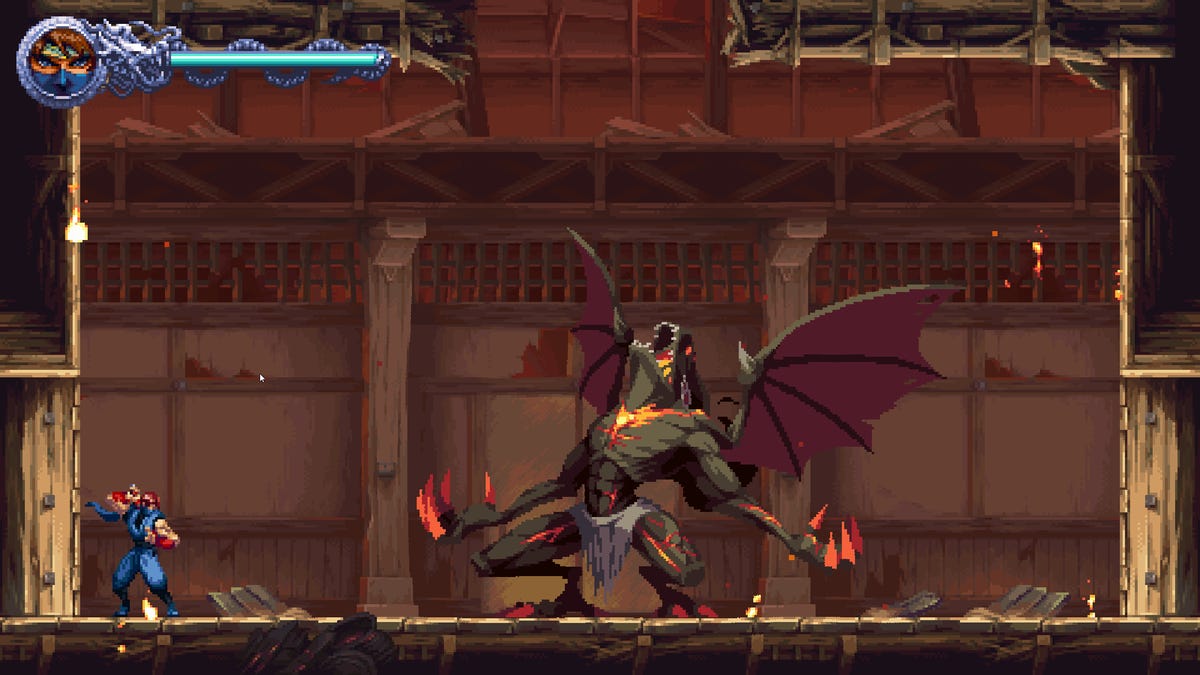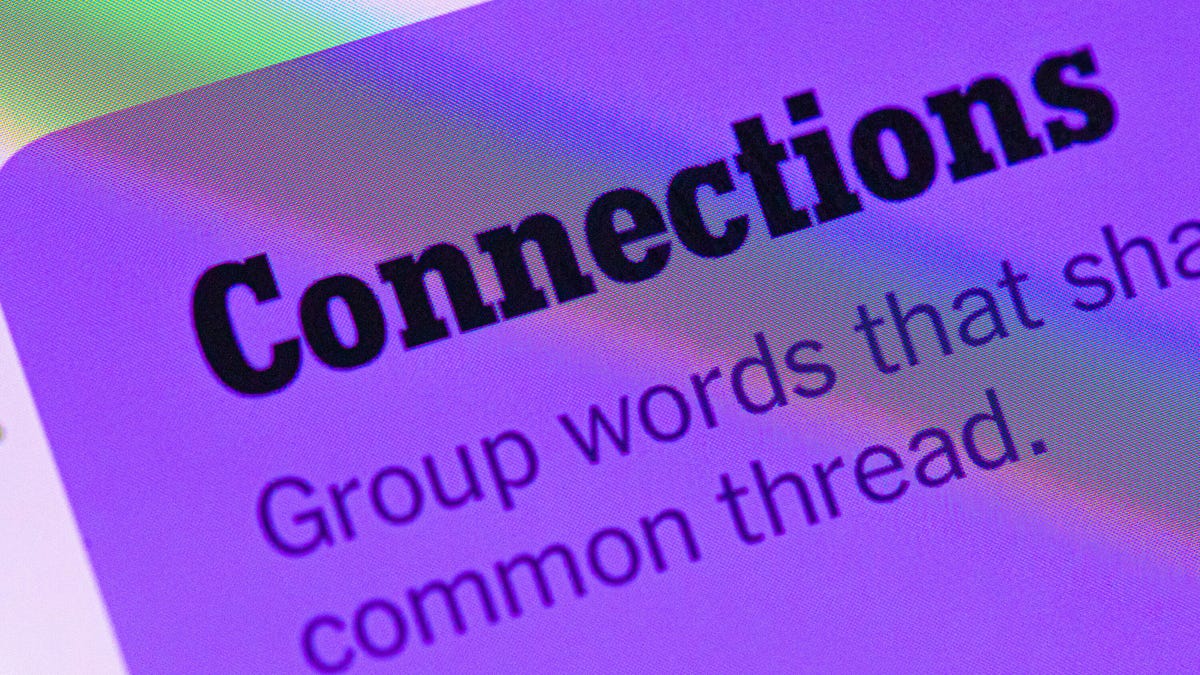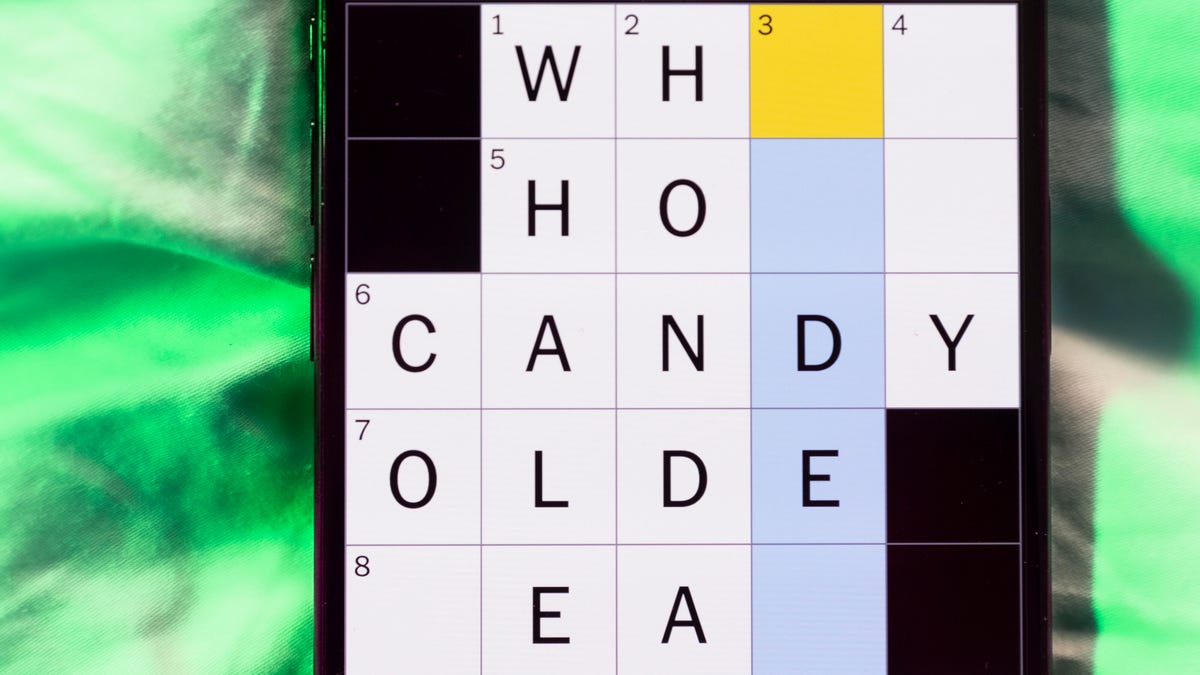Technologies
Ninja Gaiden: Ragebound Is a Forgettable Chapter in the Series’ Legacy
All style, but no heart makes Ragebound an easy game to skip.

It looks like 2025 is the «Year of the Ninja.» Assassin’s Creed: Shadows was one of the big hits of the year’s first half, a new Shinobi game is on the way, and Ninja Gaiden fans are being treated to a full trilogy: Ninja Gaiden 2 Black, released in January, Ninja Gaiden 4, arriving later this year and Ninja Gaiden: Ragebound, arriving Thursday. However, based on my experience, you might want to skip this installment: It’s charming but far from satisfying.
Ninja Gaiden Ragebound is a 2D side-scrolling action game that pays tribute to the original NES Ninja Gaiden trilogy. While the retro graphics are appealing, the gameplay lacks meaningful depth. It feels like a concept-first project where ninjas were added after the fact, with the Ninja Gaiden name slapped on to sell it.
Interestingly, Ragebound acts as a side-story to the original NES title. Ryu Hayabusa learns of his father’s death in America and leaves his village, setting up the events of the first game. In his absence, fellow ninja Kenji Muzo stays behind to protect the village. Soon after, a demon army invades. Meanwhile, Kumori, a ninja from the rival Black Spider clan, finds her home base under siege as well. Captured, Kumori tells Kenji to use a mystical dagger to bind her spirit to him.
This dual-character mechanic is Ragebound’s central hook. Players control Kenji, who uses a sword, while Kumori aids in spirit form by throwing shurikens. Occasionally, she can take physical form to reach areas Kenji can’t access. As the duo progresses, they unlock a powerful screen-clearing magic attack.
As clever as that sounds, it falls flat in execution. Kenji’s sword is his only consistent weapon, and Kumori’s shurikens are tied to a meter that only fills when Kenji lands hits. At full charge, you might get a dozen throws before it empties again. There’s a jump-based guillotine attack that feels vaguely Sonic the Hedgehog-like, bouncing off enemies, but it’s mostly used for platforming rather than combat. The moveset is shallow, as are the level designs.
Stages feel repetitive, filled with endless waves of weak enemies that die in one hit. Occasionally, one drops a power-up that lets you instantly kill a larger foe, but these moments don’t change the core loop that repeats again and again until you reach a boss.
To the game’s credit, boss fights are a highlight. Each has distinct patterns and grows more complex in its second phase. These encounters forced me to be more tactical with dodges and attacks, and a few required multiple attempts due to overcommitting or mistiming. But these fights are the only part of Ragebound that feels like it was designed with care.
The regular enemies are mindless and mostly exist to knock you into pits, which cause instant death. Otherwise, they’re laughably easy. With healing talismans and generous checkpoint placement, it’s difficult to actually die. In fact, with Kenji’s dodge ability, you can run past most of the level without engaging. You’ll be healed at the next checkpoint anyway.
Levels are set in various regions of Japan, and while one stage on a building under construction offers a bit of variety, most environments lack creativity or challenge.
The difficulty is also a huge departure from Ninja Gaiden’s legacy. The original NES games were notoriously punishing, and the Xbox reboots were even harder. Here, the default difficulty feels like «baby mode.» You can tweak settings to remove healing items or increase enemy damage, but that’s about it.
The 2D pixel art is from developer The Game Kitchen, known for the Blasphemous series. The style echoes the NES and SNES era nicely, but the charm fades fast. Unlike Blasphemous, which featured unique enemy designs and animations that oozed personality, Ragebound’s enemies feel lazy. They just run toward you, then pop like water balloons when defeated.
With six to eight hours of gameplay at a price tag of $25, I cannot recommend Ninja Gaiden: Ragebound. It lacks anything of interest other than this side story to the original Ninja Gaiden game, and even then, it’s just introducing different ninjas that are fighting monsters. This game was supposed to be a love letter to the original trilogy, but instead, it’s more like a bad photocopy of a love letter made by someone who didn’t seem to care that much.
Ninja Gaiden: Ragebound is available for PC, Switch, PS4, PS5, Xbox One and Xbox Series consoles.
Technologies
Today’s NYT Connections Hints, Answers and Help for Dec. 24, #927
Here are some hints and the answers for the NYT Connections puzzle for Dec. 24 #927

Looking for the most recent Connections answers? Click here for today’s Connections hints, as well as our daily answers and hints for The New York Times Mini Crossword, Wordle, Connections: Sports Edition and Strands puzzles.
Today’s NYT Connections puzzle is kind of tough. Ooh, that purple category! Once again, you’ll need to look inside words for hidden words. Read on for clues and today’s Connections answers.
The Times has a Connections Bot, like the one for Wordle. Go there after you play to receive a numeric score and to have the program analyze your answers. Players who are registered with the Times Games section can now nerd out by following their progress, including the number of puzzles completed, win rate, number of times they nabbed a perfect score and their win streak.
Read more: Hints, Tips and Strategies to Help You Win at NYT Connections Every Time
Hints for today’s Connections groups
Here are four hints for the groupings in today’s Connections puzzle, ranked from the easiest yellow group to the tough (and sometimes bizarre) purple group.
Yellow group hint: Cash out.
Green group hint: Chomp
Blue group hint: Walleye and salmon.
Purple group hint: Make a musical sound, with a twist.
Answers for today’s Connections groups
Yellow group: Slang for money.
Green group: Masticate.
Blue group: Fish.
Purple group: Ways to vocalize musically plus a letter.
Read more: Wordle Cheat Sheet: Here Are the Most Popular Letters Used in English Words
What are today’s Connections answers?
The yellow words in today’s Connections
The theme is slang for money. The four answers are bacon, bread, cheese and paper.
The green words in today’s Connections
The theme is masticate. The four answers are bite, champ, chew and munch.
The blue words in today’s Connections
The theme is fish. The four answers are char, pollock, sole and tang.
The purple words in today’s Connections
The theme is ways to vocalize musically plus a letter. The four answers are hump (hum), rapt (rap), singe (sing) and whistler (whistle).
Don’t miss any of our unbiased tech content and lab-based reviews. Add CNET as a preferred Google source.
Toughest Connections puzzles
We’ve made a note of some of the toughest Connections puzzles so far. Maybe they’ll help you see patterns in future puzzles.
#5: Included «things you can set,» such as mood, record, table and volleyball.
#4: Included «one in a dozen,» such as egg, juror, month and rose.
#3: Included «streets on screen,» such as Elm, Fear, Jump and Sesame.
#2: Included «power ___» such as nap, plant, Ranger and trip.
#1: Included «things that can run,» such as candidate, faucet, mascara and nose.
Technologies
Today’s NYT Mini Crossword Answers for Wednesday, Dec. 24
Here are the answers for The New York Times Mini Crossword for Dec. 24.

Looking for the most recent Mini Crossword answer? Click here for today’s Mini Crossword hints, as well as our daily answers and hints for The New York Times Wordle, Strands, Connections and Connections: Sports Edition puzzles.
Need some help with today’s Mini Crossword? I’m Irish-American, but yet 6-Down, which involves Ireland, stumped me at first. Read on for all the answers.. And if you could use some hints and guidance for daily solving, check out our Mini Crossword tips.
If you’re looking for today’s Wordle, Connections, Connections: Sports Edition and Strands answers, you can visit CNET’s NYT puzzle hints page.
Read more: Tips and Tricks for Solving The New York Times Mini Crossword
Let’s get to those Mini Crossword clues and answers.
Mini across clues and answers
1A clue: Wordle or Boggle
Answer: GAME
5A clue: Big Newton
Answer: ISAAC
7A clue: Specialized vocabulary
Answer: LINGO
8A clue: «See you in a bit!»
Answer: LATER
9A clue: Tone of many internet comments
Answer: SNARK
Mini down clues and answers
1D clue: Sharks use them to breathe
Answer: GILLS
2D clue: From Singapore or South Korea, say
Answer: ASIAN
3D clue: Large ocean ray
Answer: MANTA
4D clue: ___ beaver
Answer: EAGER
6D clue: Second-largest city in the Republic of Ireland, after Dublin
Answer: CORK
Don’t miss any of our unbiased tech content and lab-based reviews. Add CNET as a preferred Google source.
Technologies
Quadrantids Is a Short but Sweet Meteor Shower Just After New Year’s. How to See It
This meteor shower has one of the most active peaks, but it doesn’t last for very long.

The Quadrantids has the potential to be one of the most active meteor showers of the year, and skygazers won’t have long to wait to see it. The annual shower is predicted to reach maximum intensity on Jan. 3. And with a display that can rival Perseids, Quadrantids could be worth braving the cold to see it.
Don’t miss any of our unbiased tech content and lab-based reviews. Add CNET as a preferred Google source.
The show officially begins on Dec. 28 and lasts until Jan. 12, according to the American Meteor Society. Quadrantids is scheduled to peak on Jan. 2-3, when it may produce upwards of 125 meteors per hour. This matches Perseids and other larger meteor showers on a per-hour rate, but Quadrantids also has one of the shortest peaks at just 6 hours, so it rarely produces as many meteors overall as the other big ones.
The meteor shower comes to Earth courtesy of the 2003 EH1 asteroid, which is notable because most meteor showers are fed from comets, not asteroids. Per NASA, 2003 EH1 is a near-Earth asteroid that orbits the sun once every five and a half years. Science posits that 2003 EH1 was a comet in a past life, but too many trips around the sun stripped it of its ice, leaving only its rocky core. The Earth runs through EH1’s orbital debris every January, which results in the Quadrantids meteor shower.
How and where to see Quadrantids
Quadrantids is named for the constellation where its meteors appear to originate, a point known as the radiant. This presents another oddity, as the shower originates from the constellation Quadrans Muralis. This constellation ceased to be recognized as an official constellation in the 1920s and isn’t available on most publicly accessible sky maps.
For the modern skygazer, you’ll instead need to find the Bootes and Draco constellations, both of which contain stars that were once a part of the Quadrans Muralis. Draco will be easier to find after sunset on the evening of Jan. 2, and will be just above the horizon in the northern sky. Bootes orbits around Draco, but will remain under the horizon until just after 1 a.m. local time in the northeastern sky. From that point forward, both will sit in the northeastern part of the sky until sunrise. You’ll want to point your chair in that direction and stay there to see meteors.
As the American Meteor Society notes, Quadrantids has a short but active peak, lasting around 6 hours. The peak is expected to start around 4 p.m. ET and last well into the evening. NASA predicts the meteor shower to start one day later on Jan. 3-4, so if you don’t see any on the evening of Jan. 2, try again on Jan. 3.
To get the best results, the standard space viewing tips apply. You’ll want to get as far away from the city and suburbs as possible to reduce light pollution. Since it’ll be so cold outside, dress warmly and abstain from alcoholic beverages, as they can affect your body temperature. You won’t need any binoculars or telescopes, and the reduced field of view may actually impact your ability to see meteors.
The bad news is that either way, the Quadrantids meteor shower coincides almost perfectly with January’s Wolf Moon, which also happens to be a supermoon. This will introduce quite a lot of light pollution, which will likely drown out all but the brightest meteors. So, while it may have a peak of over 100 meteors per hour, both NASA and the AMS agree that the more realistic expectation is 10 or so bright meteors per hour.
-

 Technologies3 года ago
Technologies3 года agoTech Companies Need to Be Held Accountable for Security, Experts Say
-

 Technologies3 года ago
Technologies3 года agoBest Handheld Game Console in 2023
-

 Technologies3 года ago
Technologies3 года agoTighten Up Your VR Game With the Best Head Straps for Quest 2
-

 Technologies4 года ago
Technologies4 года agoBlack Friday 2021: The best deals on TVs, headphones, kitchenware, and more
-

 Technologies4 года ago
Technologies4 года agoVerum, Wickr and Threema: next generation secured messengers
-

 Technologies4 года ago
Technologies4 года agoGoogle to require vaccinations as Silicon Valley rethinks return-to-office policies
-

 Technologies4 года ago
Technologies4 года agoOlivia Harlan Dekker for Verum Messenger
-

 Technologies4 года ago
Technologies4 года agoiPhone 13 event: How to watch Apple’s big announcement tomorrow
